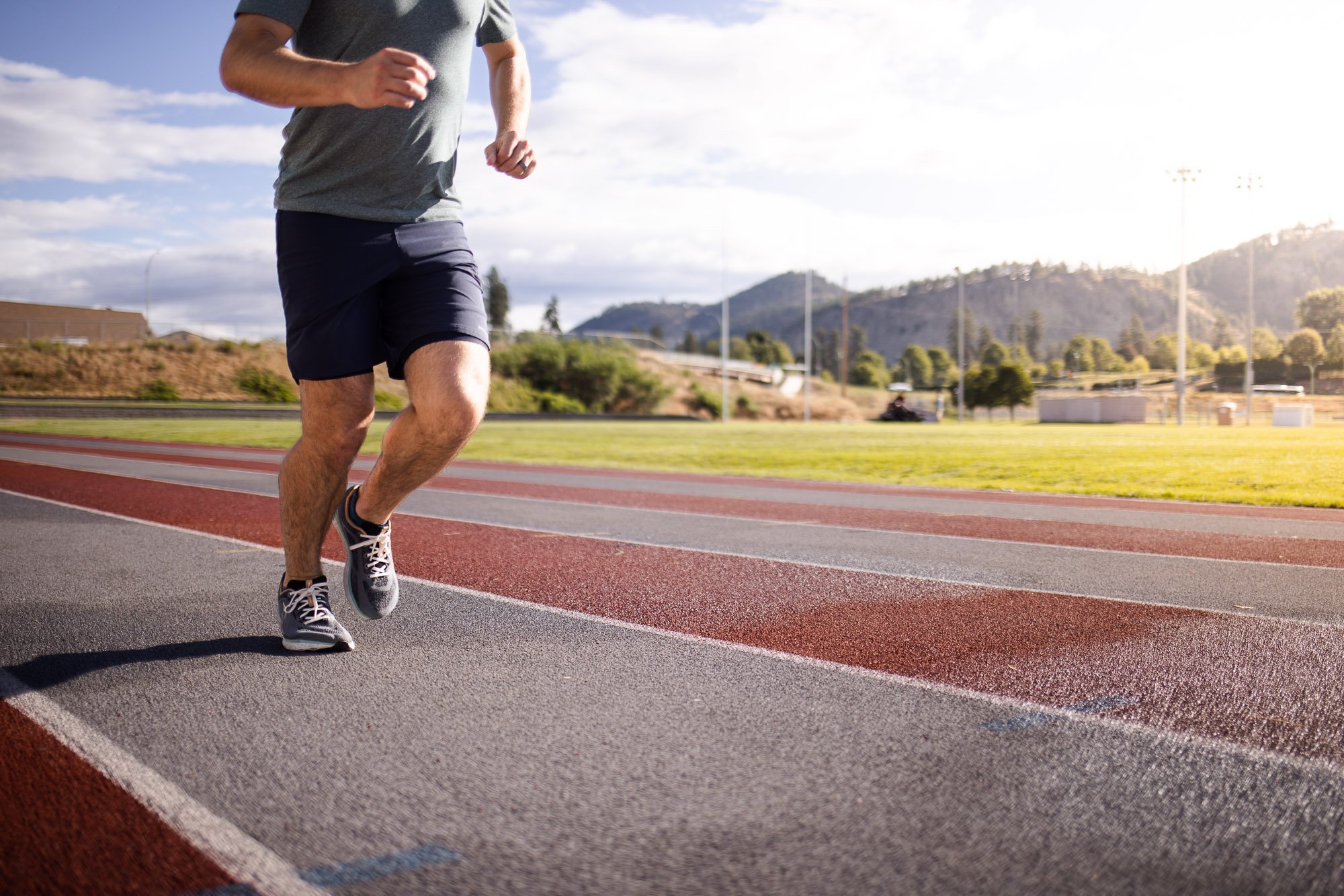
Running Technique Tips for Injury Prevention and Performance
Written by Jean-Francois Esculier, PT PhD
Here are science-backed tips to help you reduce your risk of running injuries and improve performance:
Aim for a High Cadence
Most runners’ feet hit the ground at a cadence of 155-160 steps every minute. A higher cadence, which can be accomplished by taking shorter steps while running at the same speed, decreases impact on the legs. It can help runners experiencing back pain, hip pain, knee pain, shin pain and even foot pain.
There is no “magical” cadence number that fits everyone. However, it appears that 170-190 steps per minute could be optimal for a lot of people. Alternatively, you can try increasing your cadence by 5-10%. Most GPS watches can provide information on cadence.
Run softer
Higher impact has been linked with running injuries, especially in those who are new to running. Some wearable sensors can provide information on impact, although they are seldom reliable.
A study found that novice runners with high impact who were instructed to “run softer” were 60% less injured over the following year compared with those who kept running with greater impact.
Reduce your bounce
Running is about moving forward. If you find yourself bouncing up and down quite a bit, you may be spending too much energy with every stride.
In fact, a bouncy running form may not be ideal for both running economy (the amount of energy you spend running – like fuel economy in a car) nor for injuries. The higher you bounce, the more force your body will have to counter when you touch the ground.
Lift weights
Research is unanimous: lifting heavy makes your running gait more efficient, and makes you run faster. For optimal results, lift 2 to 3 times per week, and be consistent for at least 10 weeks.
Examples of exercises include squats, split squats, deadlifts and calf raises. The key components of an exercise program should ideally be customized for every person.
Get the right shoes
Did you know that every 100 grams in your feet increase by 1% the amount of oxygen you use during running? If your goal is to run faster, you may want to wear light shoes.
The amount of cushioning also influences which body parts get loaded more. Maximalist shoes (cushioned and stiff) are easier on your feet, but they increase impact in your knees, hips and back. At the other end of the spectrum, minimalist shoes (low cushioning, flexible) do the opposite: they load your feet more, but they are easier on your knees, hips and back.
Keep in mind that different people may benefit from different approaches, and from different shoes based on their history of injury and their objectives. It is worth having your running gait analyzed to get personalized recommendations. If you live in the Okanagan, we’re happy to help!
Blog Post Written by co-founder and physiotherapist, Jean-Francois Esculier, PT PhD
